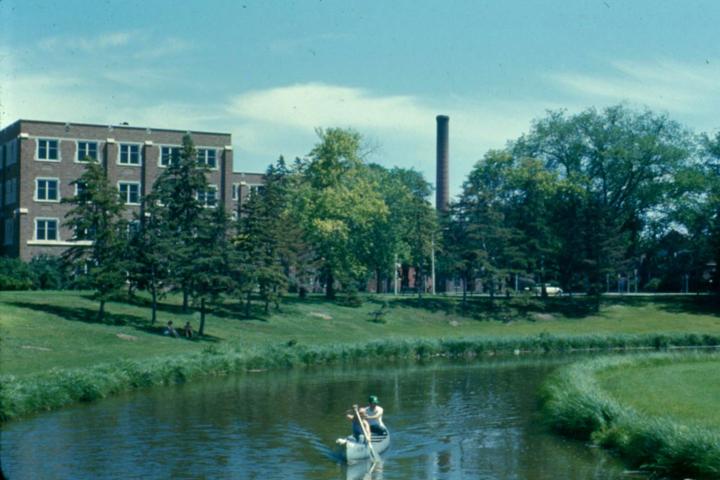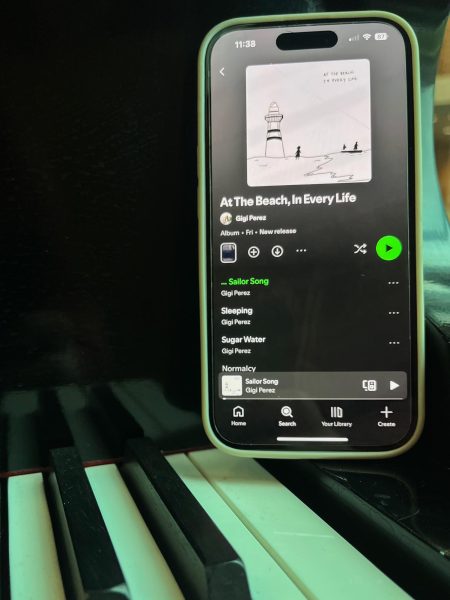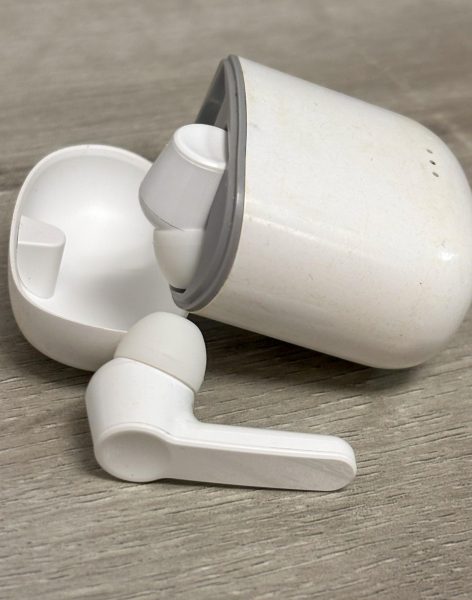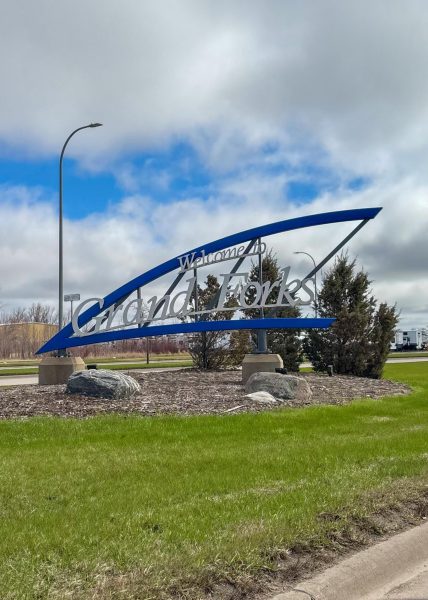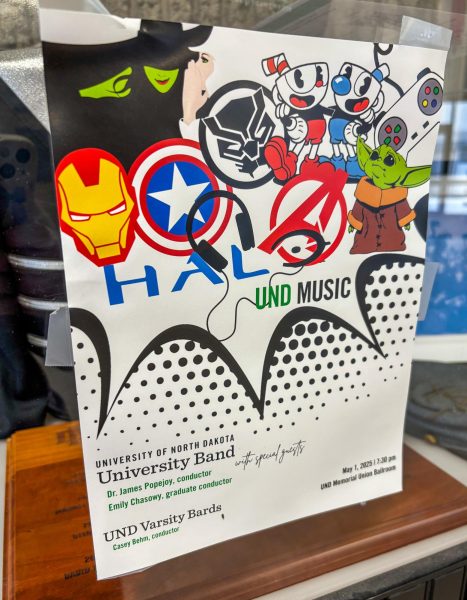Why the coulee is cool
PRIORITIES Residents lose sight of coulee’s purpose.
UND students enjoying the English Coulee behind Smith Hall in 1977. Photo courtesy of Panoramio.
Most UND students probably know the “coulee” as that dirty little stream that bisects campus along Princeton Ave, where the speed limit on University changes to 20 m.p.h. over the bridge in front of the UPlace apartments.
Maybe you’ve thrown an empty bag of chips over the bridge into the creek or walked across the frozen surface in the winter on your way to class. Certainly, you’ve smelled the coulee at some point. (Though I love the coulee, I will admit that its odor is often one of its least-endearing aspects).
But having grown up in Grand Forks — on the banks of the coulee, I like to say — I want to urge everyone to take a closer look. The coulee can be far more than that smelly thing you walk around on your way to the dining center.
According to a Sports Illustrated reporter who did a story on Grand Forks hockey a few years ago, the stream that meanders through Grand Forks got its name from the French word coulee, the name given to French fur trappers who lived in the Dakotas 200 years ago. And after an English-speaking family was slaughtered on the banks of the coulee by a band of renegade Sioux in 1824, the creek became known (fondly?) as the English Coulee.
Since then, the only controversy the coulee has seemed to generate has pertained to the dead-animal smell and general nasty image that the crick often takes on in the summer.
Ever since I can remember, homeowners, UND students and city council folk have been complaining about the stream’s image and organizing “clean up the coulee” campaigns that have still never been actuated.
And though it’d be nice if the stream ran a little less muddy and smelly, I think those who demand that the city clean up the coulee are missing the point of having the coulee at all.
It’s about nature, isn’t it? That should be the point of having a stream flow beneath our concrete streets and between our plastic houses. That it isn’t manicured and perfect and predictable should be the objective.
It seems that the homeowners whose houses line the coulee think of it as belonging to them; after all, they paid for that nice chunk of real estate. But then they complain that the rivulet acts too much like a rivulet.
Surely people don’t choose to buy houses on the coulee just to have it be apart of the value of their houses, right? If I were to buy a house along a body of water, I think the purpose of my doing so would be to actually get to live near it — to see the changing leaves and rising tides; to hear the crackling ice and buzzing dragonflies — not to pretend I own it and get fussy when it misbehaves.
The coulee is beautiful. It’s beautiful because there is no man-made structure forced upon it. The leaves will change when they decide to change, no matter what day of the week our calendars try to tell us it is, or whether or not the HPR parking lot on 6th Ave near the coulee is full of cars.
The point of the coulee is that it doesn’t follow our rules. It doesn’t care how much we paid for our houses, and it certainly doesn’t care if we don’t like it smells.
And therein lies all the beauty — absolutely all of it.
So the next time you’re walking by the coulee and it’s stench reminds you of a rotting horsehead, don’t scowl; smile. Be glad to have been reminded that our world of commitments, deadlines, music videos and cologne isn’t where we started as a species, and it won’t be where we end.
Or, at the very least, think of the family whose bodies were dumped in the coulee to end up feeding catfish at the bottom of Lake Winnipeg 189 years ago. Then look down shamefully, having just complained about one of the silliest “first-world problems” there is.
Will Beaton is the managing & opinion editor of The Dakota Student. He can be reached at william.beaton@my.und.edu


